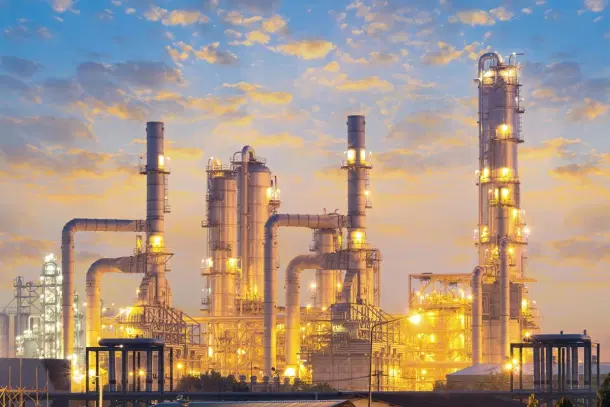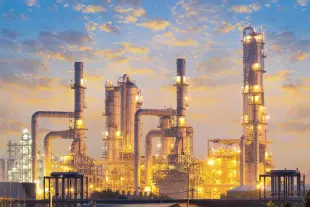News Brief
Are Oil Prices Set to Go Higher After OPEC Announces Production Cuts And Slowly Regains Control Of Oil Market?
Business Briefs
Apr 06, 2023, 09:48 AM | Updated 12:43 PM IST
Save & read from anywhere!
Bookmark stories for easy access on any device or the Swarajya app.


Organization of Petroleum Exporting Countries (OPEC) has decided to cut production by 1 million barrels a day, which accounts for a percentage of global oil production.
OPEC had already cut production by 2 million tonnes in October 2022, after prices came down from the peak of $ 115 per barrel. The move pushed oil prices to $ 86 a barrel from the previous close of around $80. The OPEC+ cartel controls nearly a third of the world’s crude production, making OPEC’s production an important factor in determining prices.
Why is OPEC Cutting Prices?
The failure of several banks, the current economic slowdown, and the elevated likelihood of a recession have forced OPEC to cut production to keep prices elevated.
OPEC is known for its attempts to “manage prices” by cutting crude oil production in member countries. The rapid rise in inventories across the globe also hurt crude prices, making OPEC more concerned about controlling falling prices. Goldman Sachs has raised its year-end estimates for crude by around 6% to $95.
Is the Market Tilted in OPEC’s Favor?
There are several reasons why the crude oil market could remain tight for a while.
China is opening up, and Chinese demand is returning after an extended Zero-Covid lockdown. According to reports, road activity in China and USA is already above their 2019 levels, indicating a strong oil demand.
Further, during the last decade, the United States (a non-OPEC member) rapidly growing shale output has caused prices to decline significantly. However, shale might not be able to replace the gap in the market left by OPEC’s cuts.
After the US became the world’s largest oil producer with shale production, the balance over the control of oil supply shifted away from OPEC. But both shale industry professionals and OPEC expect shale’s growth to slow going forward, making it difficult for shale production to compensate for OPEC’s cuts.
There has been quite a lot of investor pressure on shale companies to reinvest profits into green ventures or return capital to investors instead of reinvesting it in the business.
While the pressure eased quite a bit after the rapid increase in crude prices, it might return, making it relatively more challenging for some players to reinvest in the shale business.
If any other supplier does not substitute the production cuts, prices are bound to remain high.
After several years of struggle, OPEC appears to be in greater control of the market, and its influence is expected to increase going ahead. Shale industry professionals expect OPEC’s market share to rise from 30 to 50 per cent as shale production plateaus by 2030.
How Would These Prices Affect The Market?
Higher crude prices might still affect markets since central bank decisions on interest rates have been a topic of intense scrutiny for the past several months.
Since interest rate decisions are based on inflation, energy prices affect headline and core inflation. Higher headline or core inflation would lead to continued tightening by central banks.
Usually, government security yields and oil prices move in tandem – but they are not doing so currently in mature markets like the US bond markets. This indicates that markets expect low consumer demand and prices to soften, and inflation to remain under control. Hence, according to industry analysts, the current global slowdown and a possible recession might help keep crude oil prices under $100 a barrel.
Given today’s uncertain scenario, predicting oil prices might be difficult. However, it is quite clear that OPEC is slowly regaining control of the oil market.





